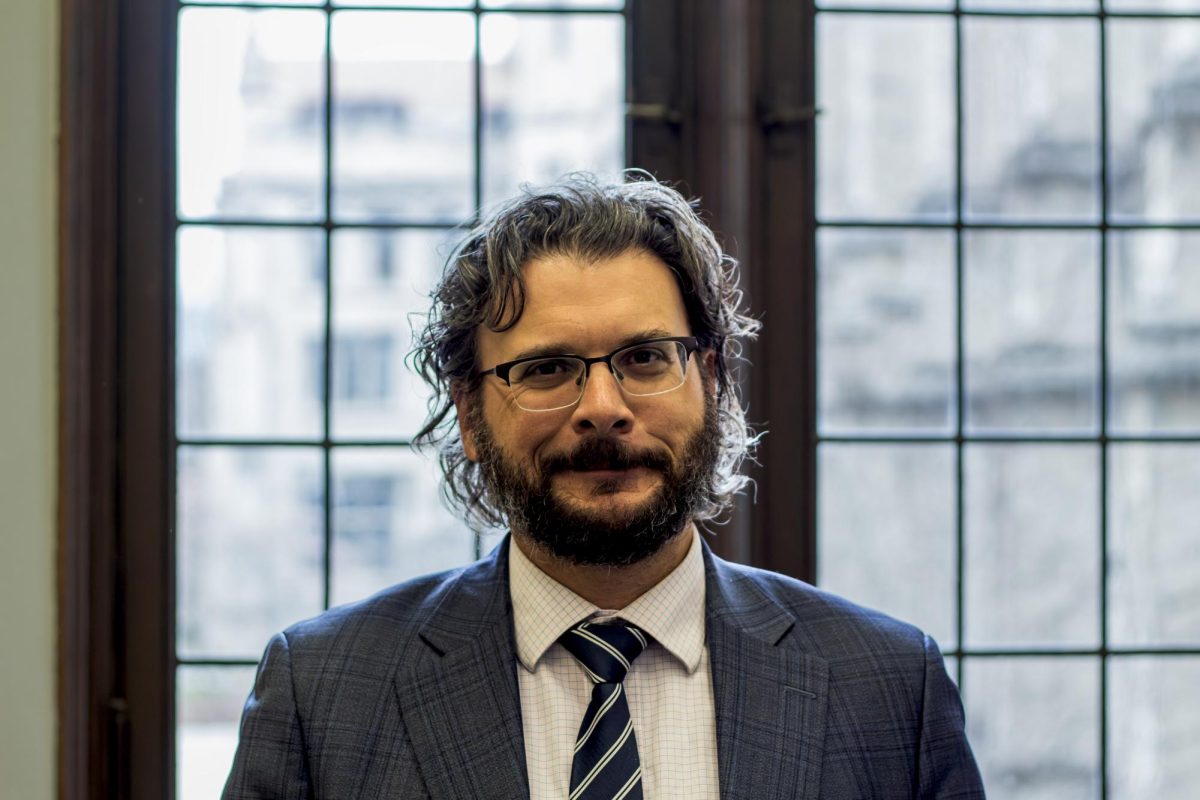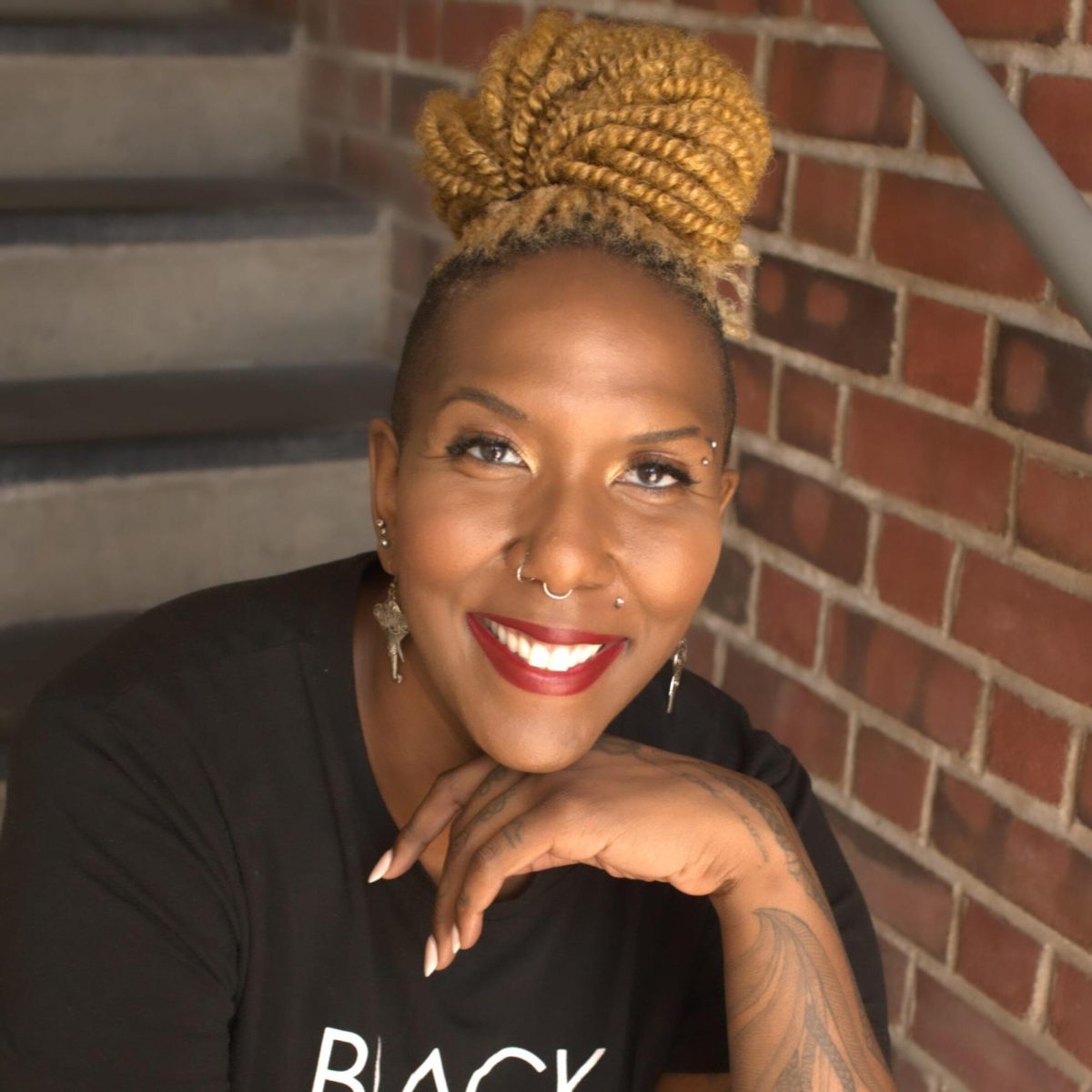With people across the country celebrating the 50th anniversary of Brown v. Board of Education (1954), panelists from Harvard, Northwestern, and Chicago gathered Monday evening to discuss the impact of the hallmark Supreme Court decision on the American social landscape.
Fourth year in the College Carla Blauvelt, who organized the panel, noted that the decision did not immediately result in the desegregation of American schools, but rather the beginning of integration—a theme that was repeated in each panelist’s speech.
Blauvelt, who grew up in Farmville, Virginia, described Barbara Johns (an African-American student whose protests led to the court case Davis v. Prince Edward Country). This case became one of the five consolidated by NAACP lawyers to make Brown.
Blauvelt described “massive resistance” around her home—a movement of Southern government leaders and general public against the mandate of desegregation. The schools in Prince Edward County closed for five years instead of undergoing desegregation. While white children’s parents created a private academy, blacks had to find another school system or find work.
Now Blauvelt’s school is 55 percent black and 45 percent white, and the state of Virginia still is paying reparations for those years of school lost to most blacks in the area.
Gary Orfield, who works on the Civil Rights Project at Harvard University, questioned why the American public wants so badly to remember Brown through celebrations and special editions in the media. He noted that 10 years after Brown, desegregation remained a total failure.
Orfield explained how dramatic the decision was at the time, saying, “It said that the structure of 17 of our states is wrong. It began to affect how we thought about everything.” While it was a surprising statement, Orfield explained why it had no legal clout. A decision that came in the next year, known as “Brown 2,” contained the famous clause “with all deliberate speed,” but gave no real timetable or structure for implementing desegregation.
At the same time, the Southern states authored the “Southern Manifesto,” signed by most Southern Congressmen and showing their commitment to battle desegregation. “The South was passing pro-segregation laws as fast as the courts could knock them down,” Orfield said.
In discussing recent developments in desegregation, Orfield noted that, in a series of decisions in the 1990s, the Supreme Court ceased to require desegregation at many schools. Meanwhile, Detroit set the precedent in a case in the 1970s for non-Southern school systems to be exempt from Brown.
Orfield showed statistics that displayed the narrowing of the achievement gap between black and white students after Brown was finally implemented, and its subsequent widening for the last fifteen years.
“It is easier for a court to end something than to begin something,” Orfield said.
Martha Biondi, a professor of African-American studies at Northwestern University, asked why Brown was passed at all if, in light of the lack of power given to attempts to implement the decision and the indecisiveness of “Brown 2,” the government had no real interest in the moral facet of desegregation.
Biondi suggested that the U.S. was sensitive to its image during the Cold War, and wanted to present itself as a leader of the free world. Still, she asked the audience to remember Brown as an example of the significant role of youth in the civil rights movement, and as a grassroots struggle. She asked that the celebrations of the case’s 50th anniversary make evident “the unfinished civil rights agenda of our own time.”
Gerald Rosenberg, a professor of political science at the University, noted what difference Brown made compared to its resounding praise “across the legal landscape.” Leaders of both parties praised it as the most important Supreme Court decision of the 20th century, and possibly of all time.
Rosenberg emphasized that there was no change for the first decade after Brown was passed, noting that sweeping changes occurred only after the federal government “bought civil rights” with the late 1960s decision to withhold federal aid from schools and hospitals that continued to segregate.
Rosenberg suggested that we celebrate Brown so widely because it represents, along with the 1964 Civil Rights Act and the 1965 Voting Rights Act, that America is committed to civil rights. He also suggested that the case is celebrated as a symbol of self-satisfaction, a reiteration that America is not racist.
05-11-04brownvboard.jpg









